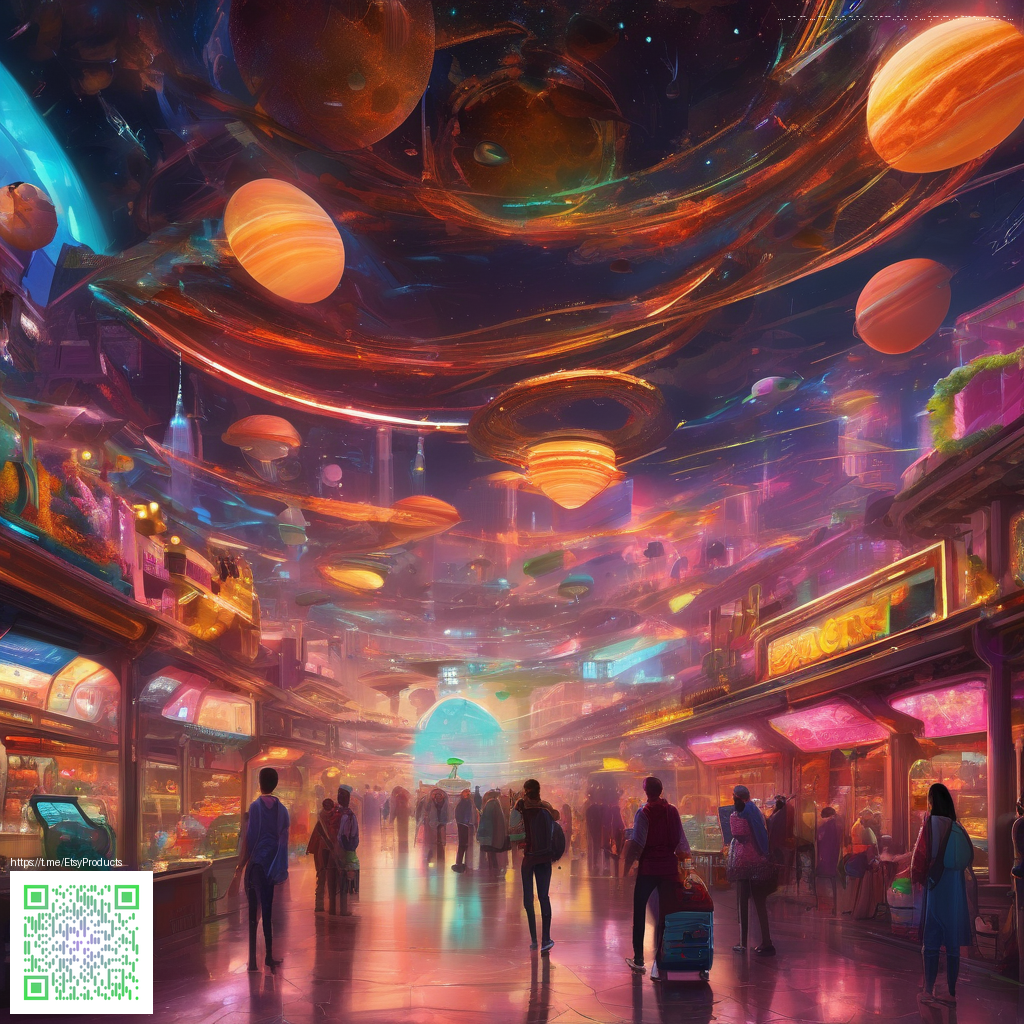
Pixel vs Vector: Understanding Texture Design’s Two Driving Forces
Texture design often lives at the intersection of two foundational approaches: raster (pixel-based) textures and vector-based systems. Each has its own strengths, and when designers balance them thoughtfully, the results feel both rich and resilient across devices. In practical product work—think a MagSafe polycarbonate case or a neon-accented card holder—the texture you choose communicates mood, durability, and even usability. It isn’t just about how something looks; it’s about how it feels to touch and how consistently it performs in a real-world setting.
What raster textures bring to the table
Raster textures capture subtle gradients, micro-details, and natural irregularities. They shine in scenes where light plays across a surface, revealing depth through tiny speckles, noise, or fine grain. However, raster textures are resolution-dependent. Scale a raster image too far, and you begin to notice blurriness or pixelation. In the context of consumer products, this means careful consideration of print scales, device displays, and the need for anti-aliasing to preserve a premium feel.
“In texture work, fidelity matters most when the surface is meant to feel alive—like the surface of polycarbonate that might coat a Neo‑neon aesthetic.”
What vector textures offer for scalability and clarity
Vector textures rely on mathematical equations to define shapes, lines, and colors. The upside is crisp edges at any scale, which is essential for branding elements, logos, and geometric patterns. The downside is that vectors can struggle to convey organic randomness or the micro-roughness that makes a surface look tactile. For product designers, the sweet spot is often hybrid—vector shapes for structure and masked or procedurally generated textures to imply depth and material complexity.
Bridging the gap with hybrid workflows
Forward-thinking studios blend the two approaches to unlock flexibility without sacrificing realism. A common workflow might start with vector geometry for clean, repeatable patterns, then layer vector-driven textures with raster texture maps or procedural noise to simulate material particulars. This approach is particularly relevant when shaping textures for protective accessories and hard-surface goods, where the product’s silhouette needs to stay sharp while its surface conveys microstructure and warmth.
- Hybrid textures combine crisp vector motifs with raster overlays to produce surfaces that stay sharp on close inspection while maintaining depth from microtextures.
- Procedural textures generate scalable, adjustable patterns that adapt to different product sizes without losing realism.
- Texture maps (bump, normal, roughness) add tactile perception to polygonal forms, convincing the eye of material authenticity even on flat renders.
For designers exploring tangible outcomes, a real-world example is the Neon Card Holder Phone Case MagSafe Polycarbonate. Though the product’s page isn’t the article’s focus, it serves as a tangible backdrop for how texture choices influence perception—from the micro‑textures on the polycarbonate surface to the glow of neon accents. If you’re curious about practical applications, you can study related ideas at the page https://defistatic.zero-static.xyz/a931d33c.html and consider how such references inform your own texture decisions.
Practical guidelines for texture decisions
When deciding between pixel-based and vector-driven texture strategies, ask yourself these questions:
- Will the texture be viewed up close on a device screen or at a distance in print? If close-up viewing is expected, raster detail and microtextures matter more.
- Is scalability a priority? If yes, favor vector-driven elements and use texture maps to hint at material complexity.
- Do you need a consistent brand pattern across sizes and materials? Hybrid approaches can preserve consistency while accommodating scale.
- Are you balancing aesthetics with tactile feel? Real-world textures benefit from procedural or raster cues that mimic physical surfaces.
In the end, texture design is less about choosing a side and more about orchestrating both sides into a cohesive sensory experience. For product teams working on durable goods—such as protective cases or accessory lines—the goal is to craft textures that communicate durability and style at a glance while remaining visually engaging across platforms.
Putting ideas into practice
As you prototype, consider how a surface’s microtexture might respond to lighting, wear, and user interaction. A vector-based base can keep silhouettes crisp under mag-safe alignment, while layered raster details can provide the warmth and realism users subconsciously trust. The combination helps ensure that the final product feels premium, behaves predictably, and resonates with modern aesthetics.